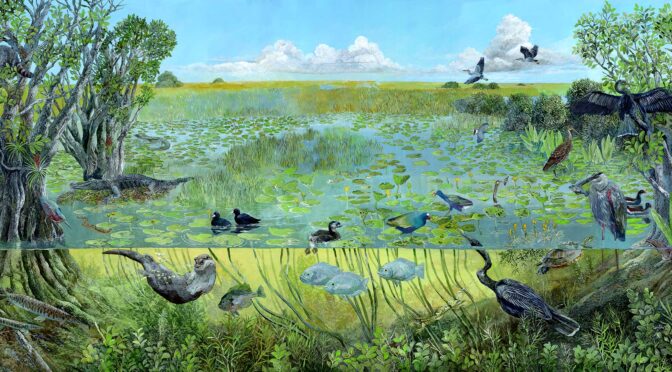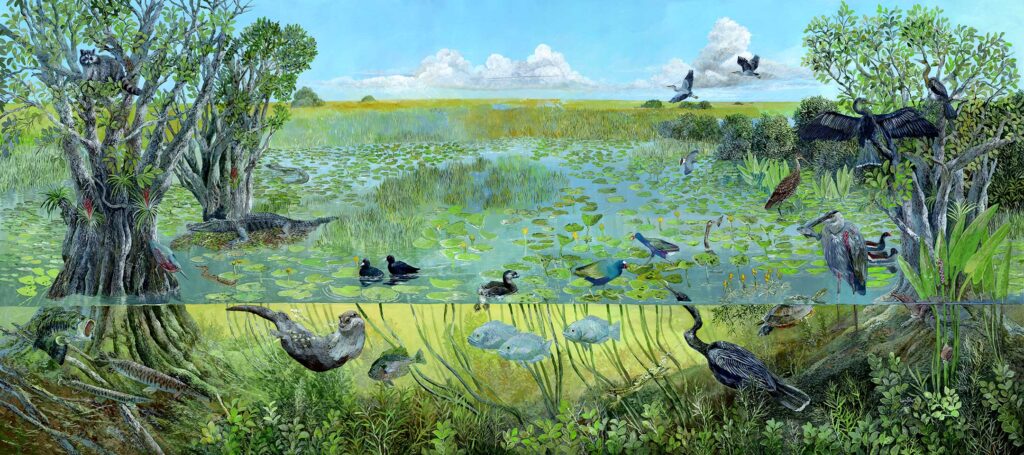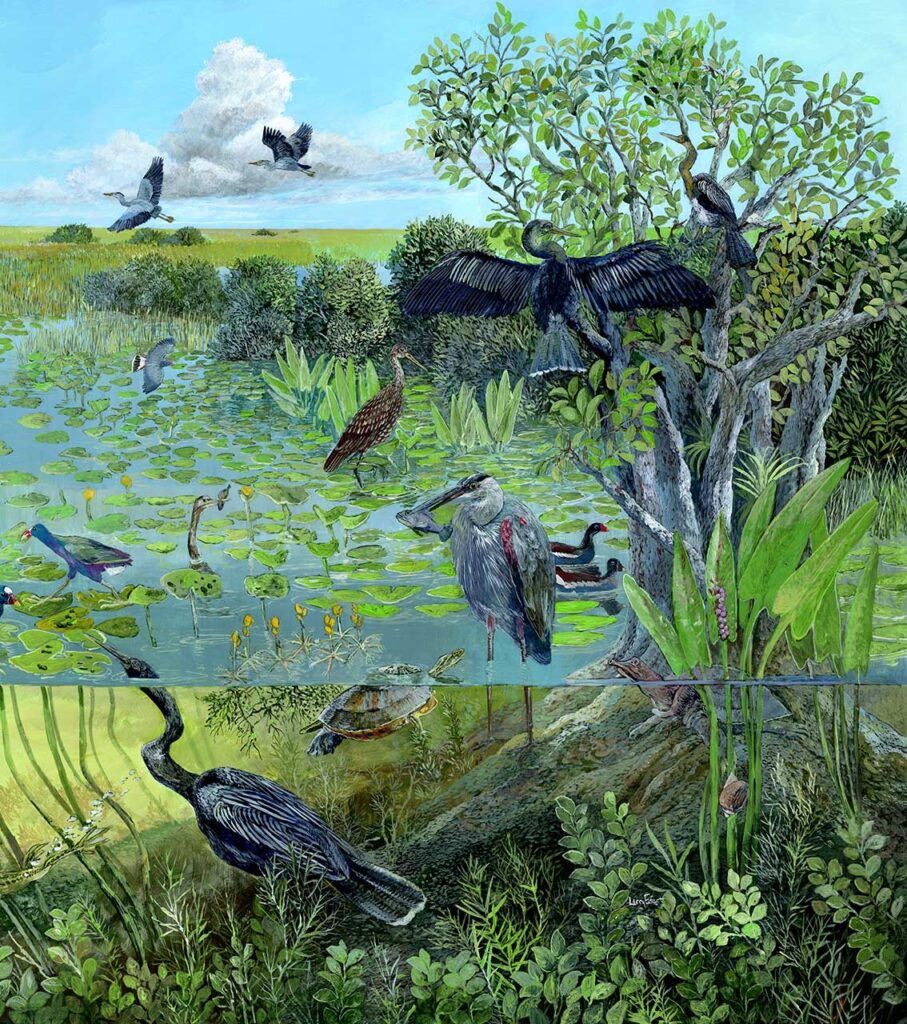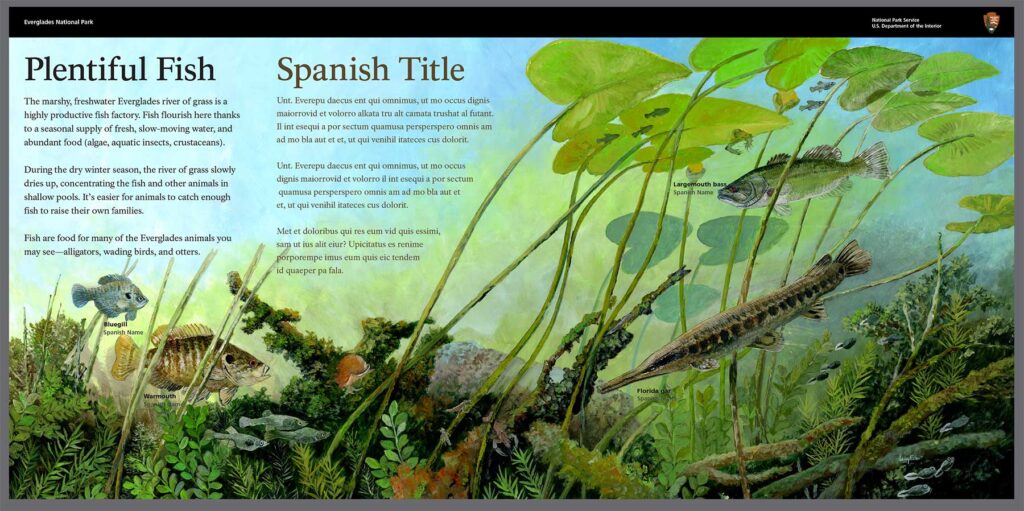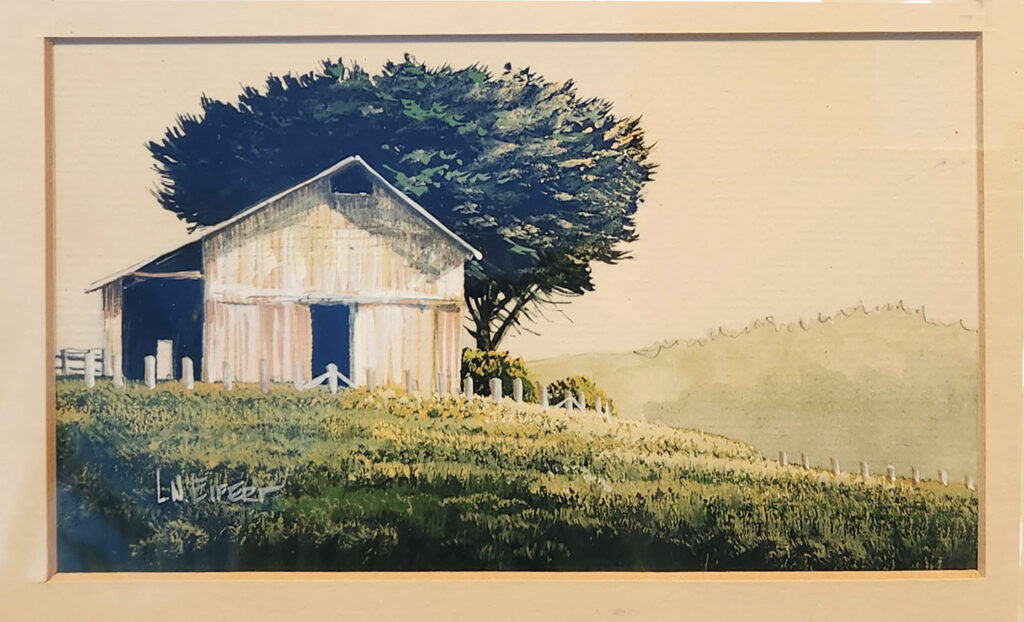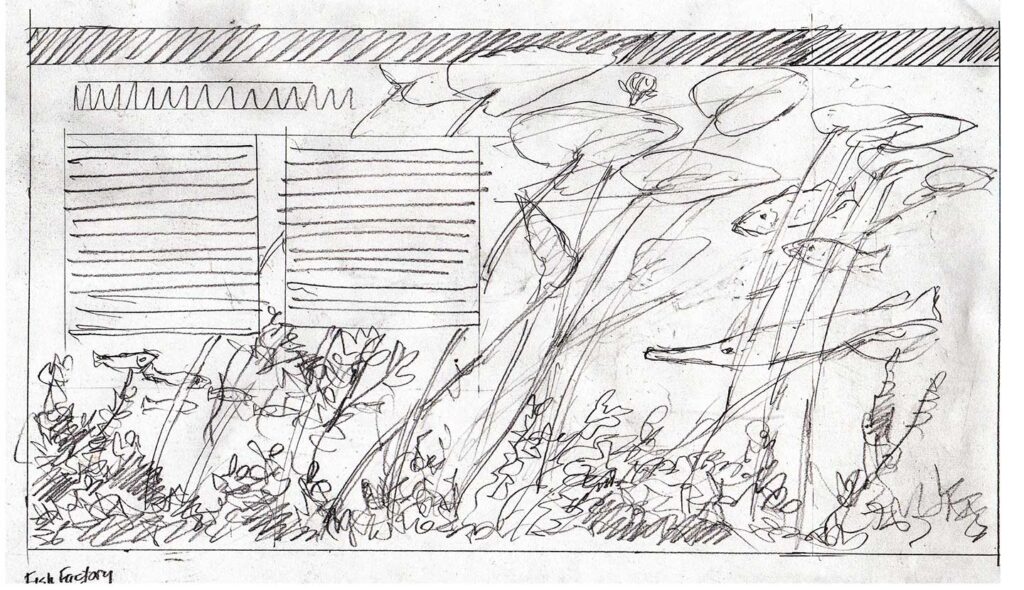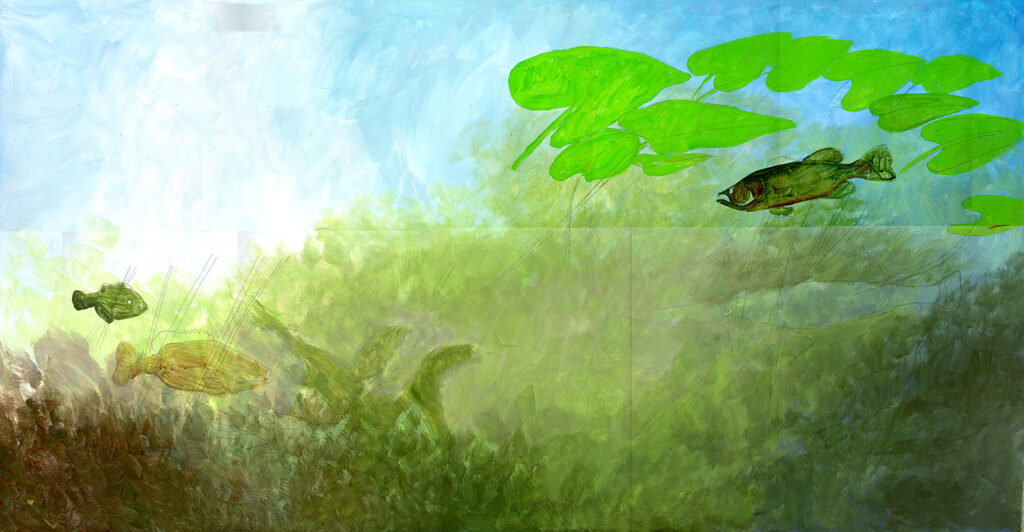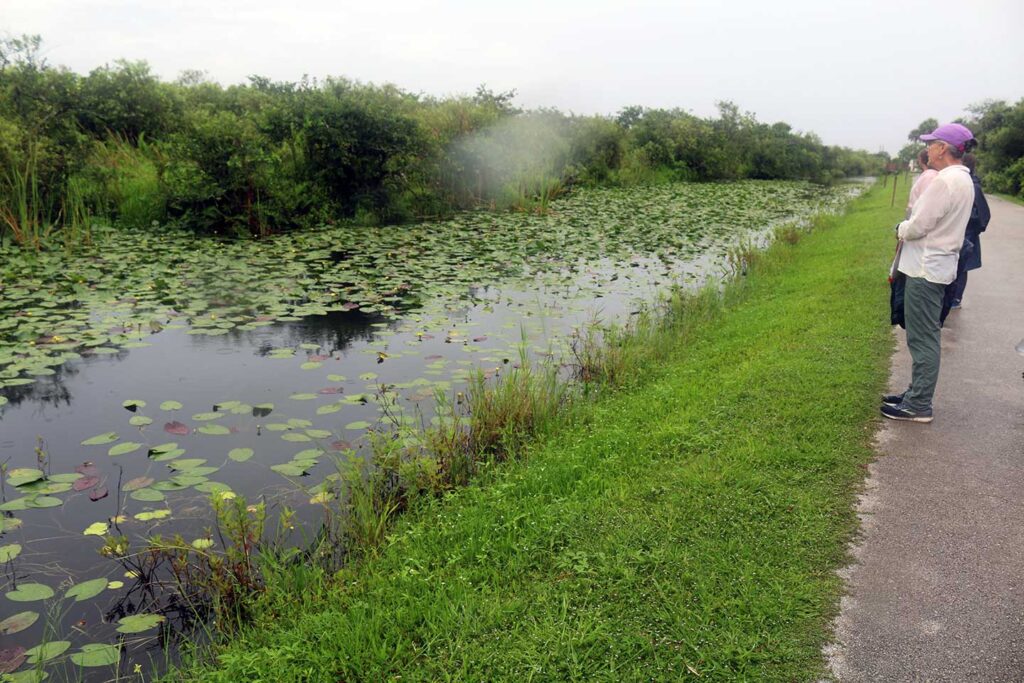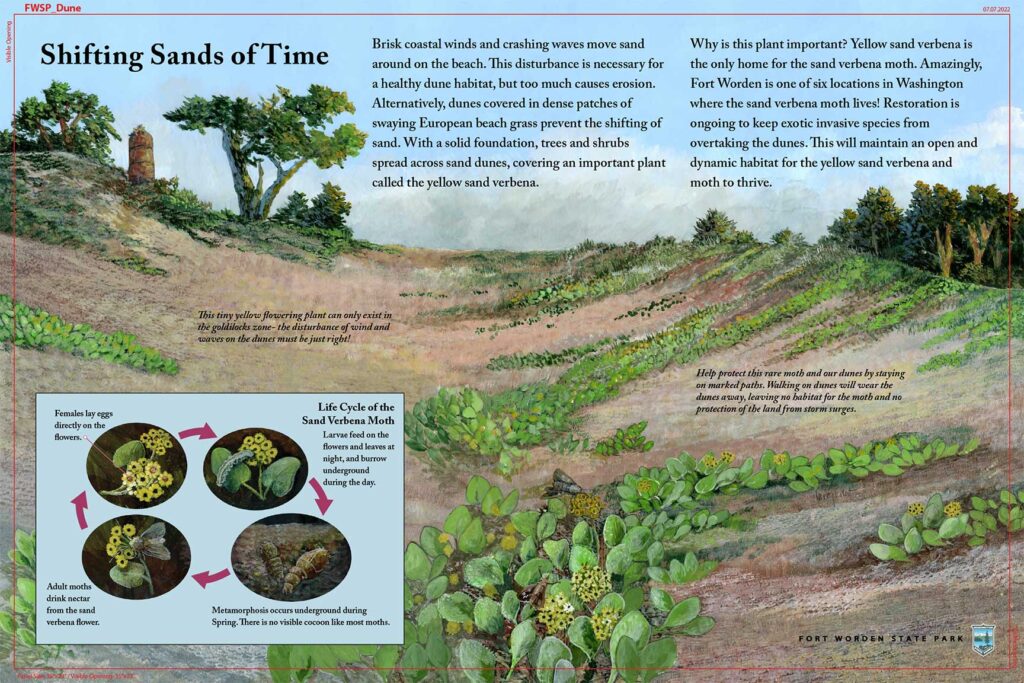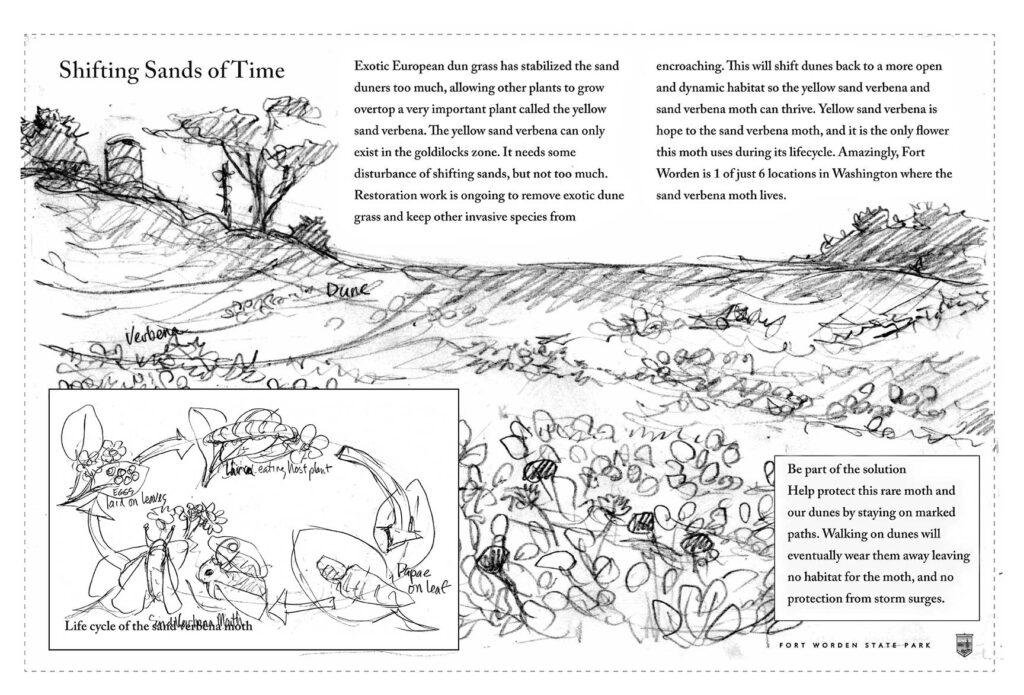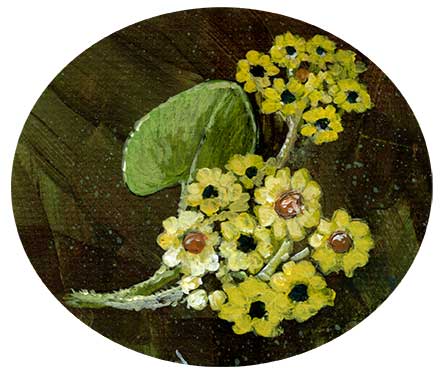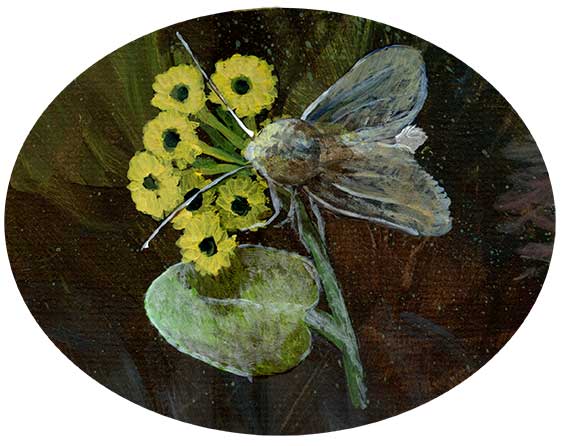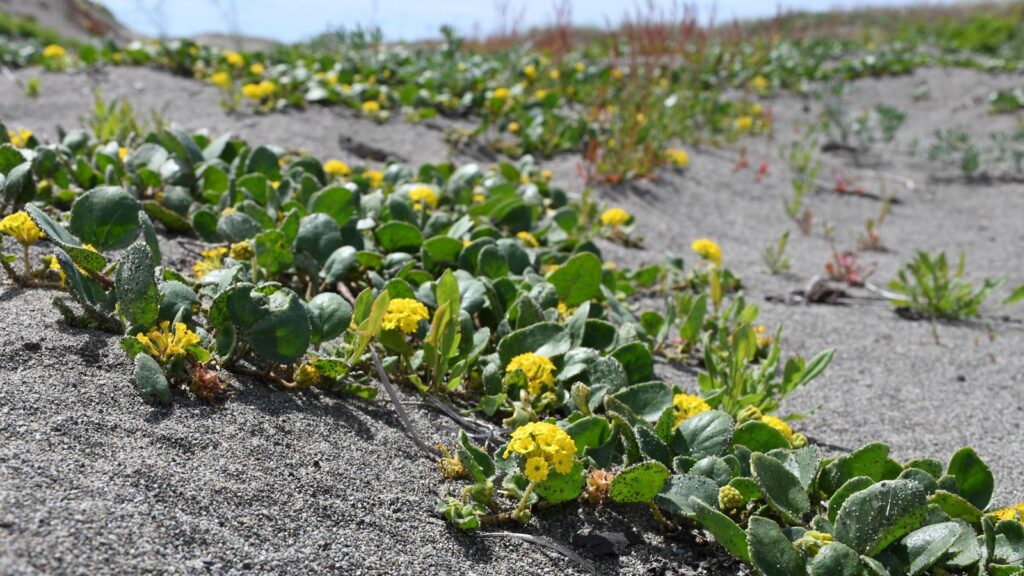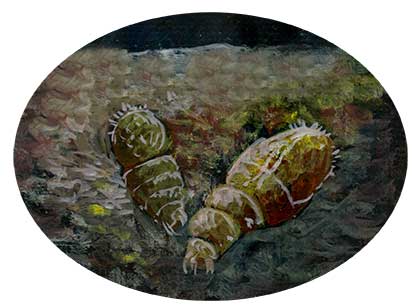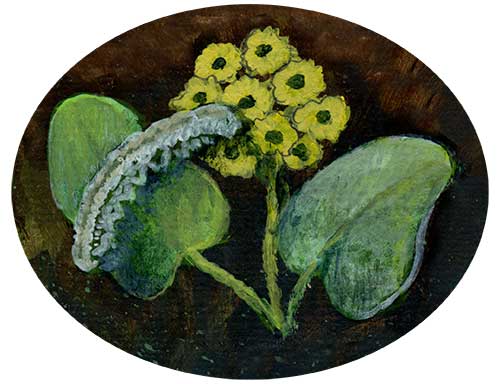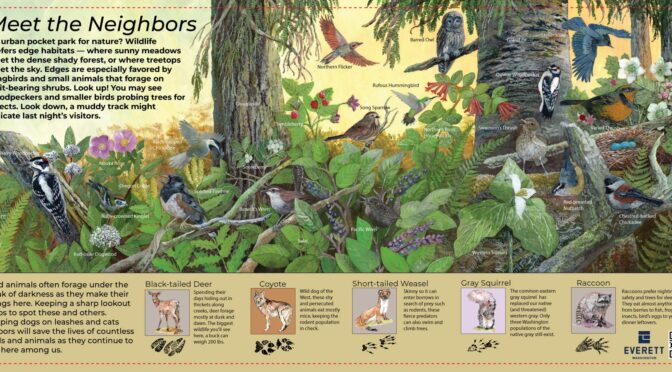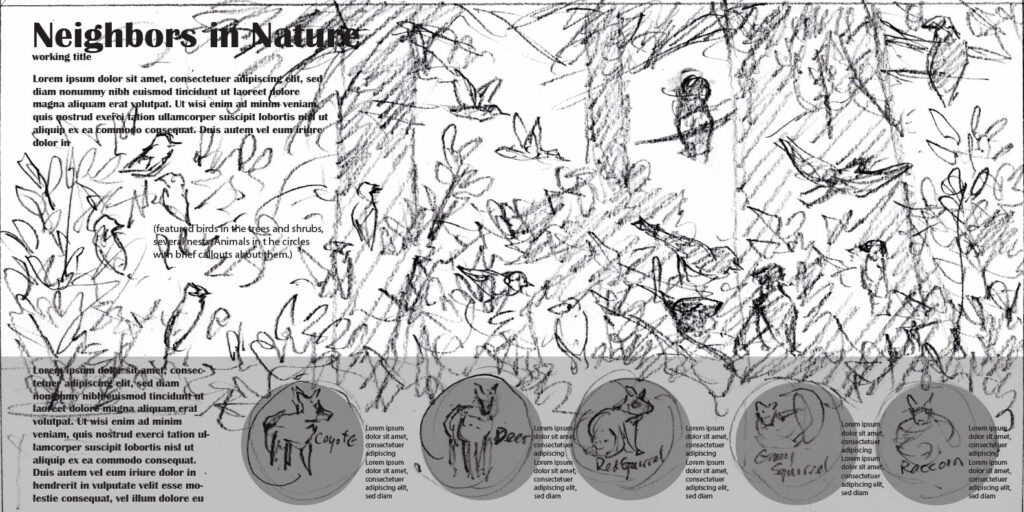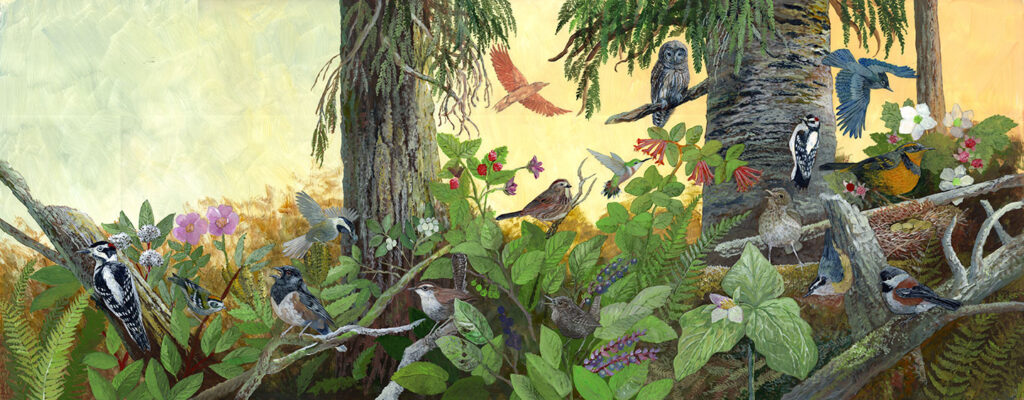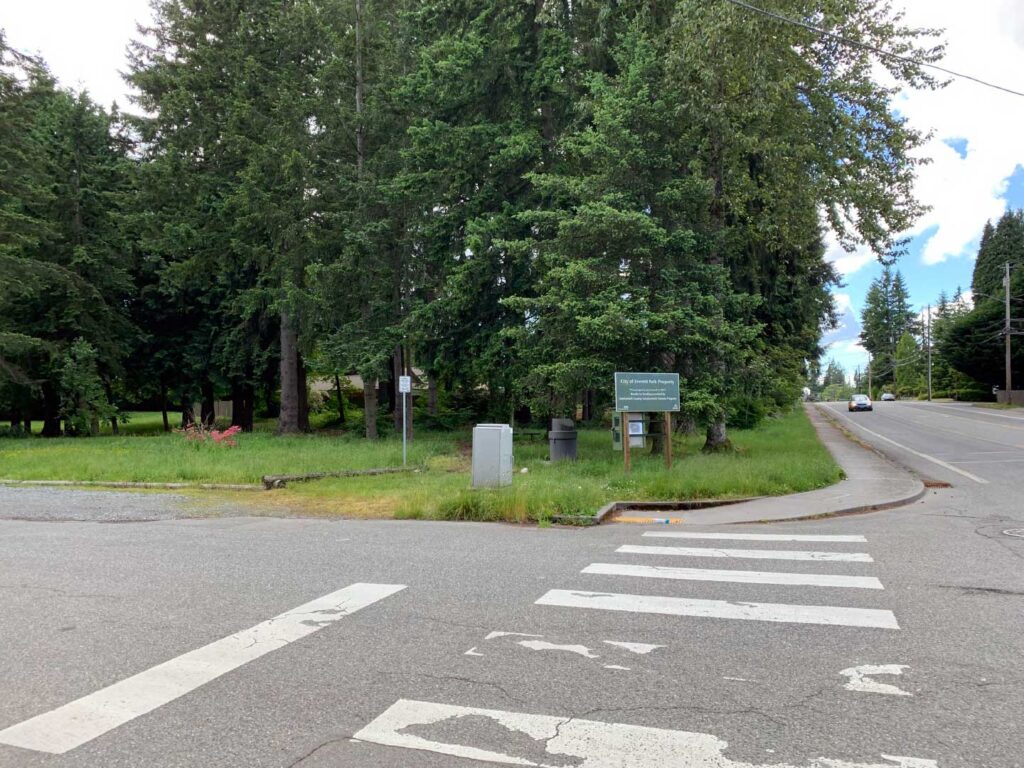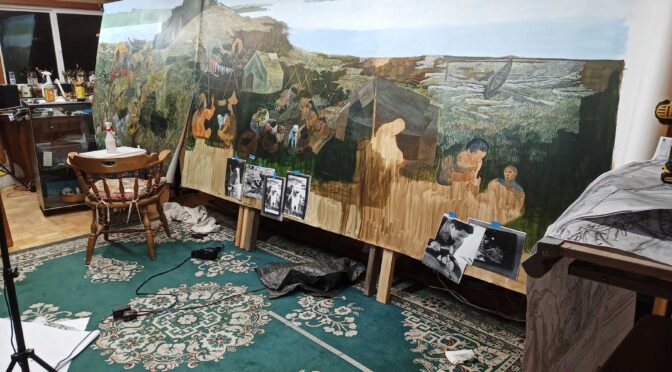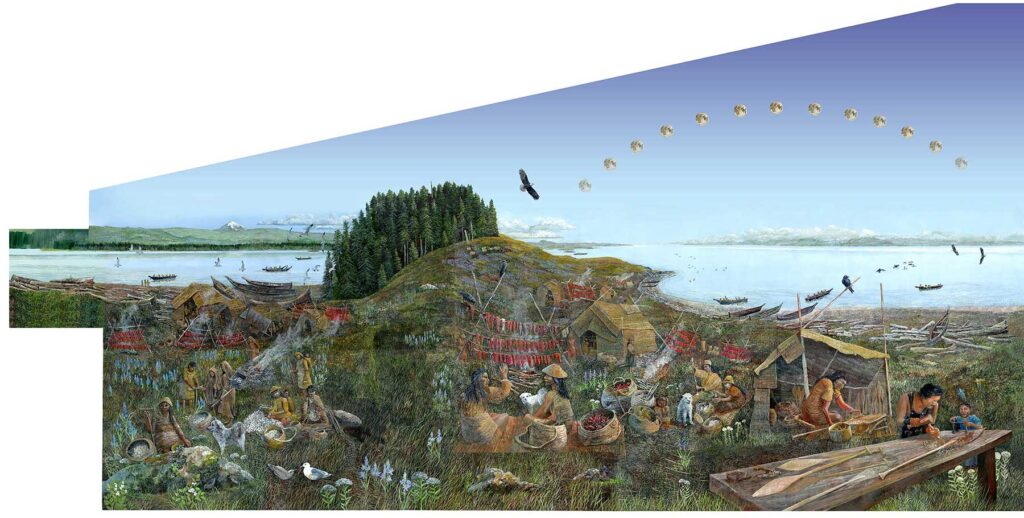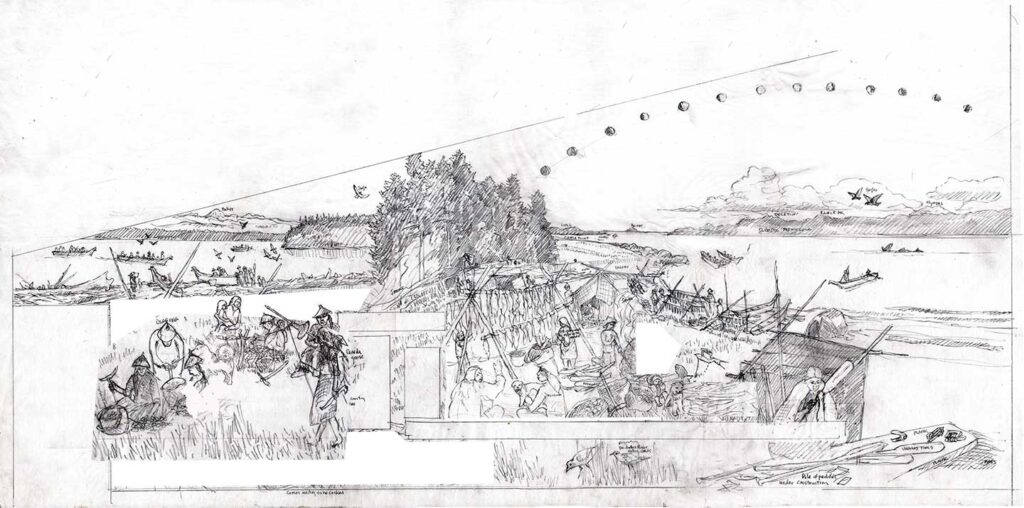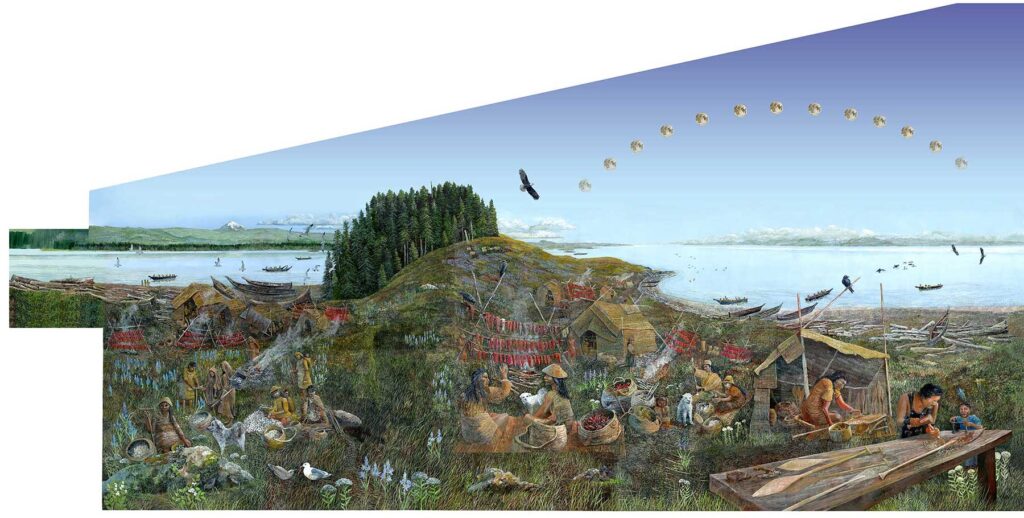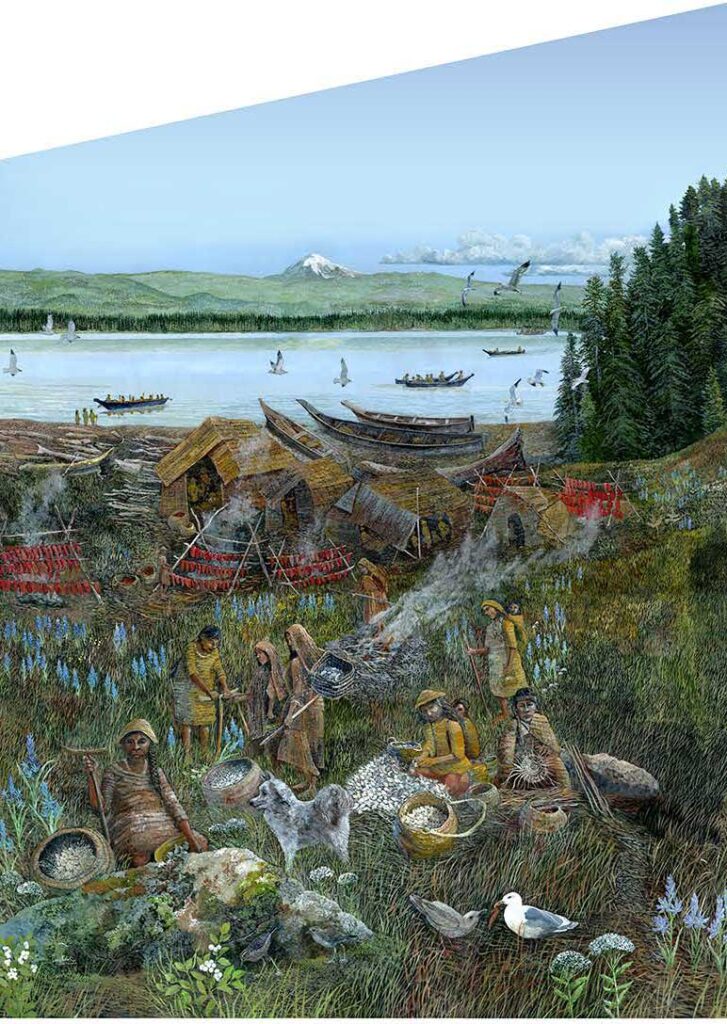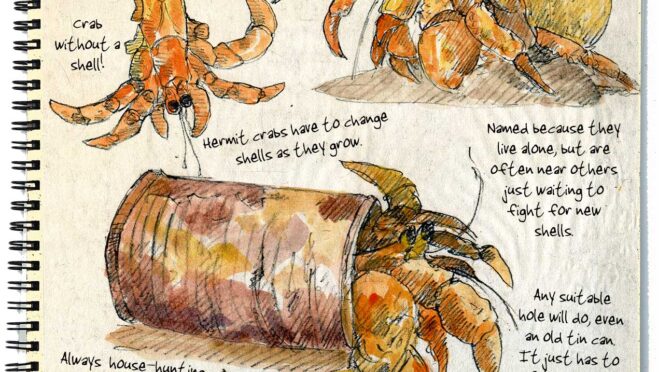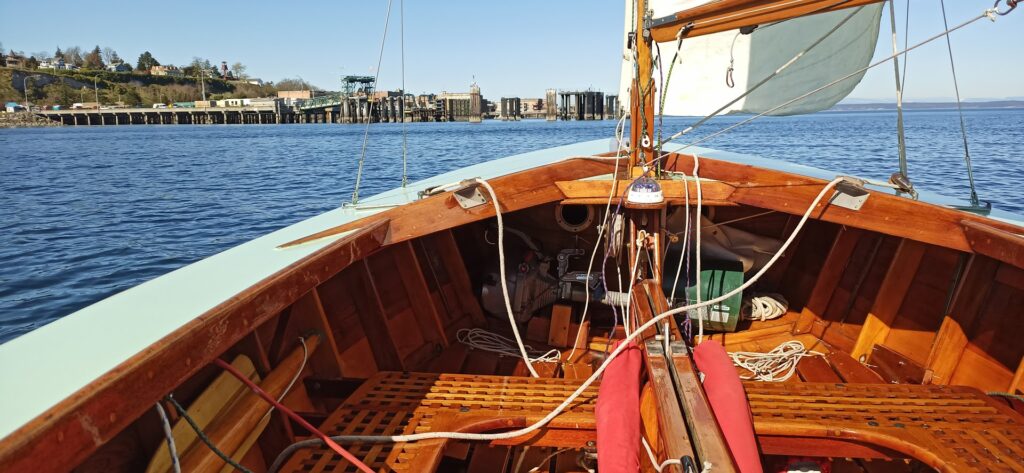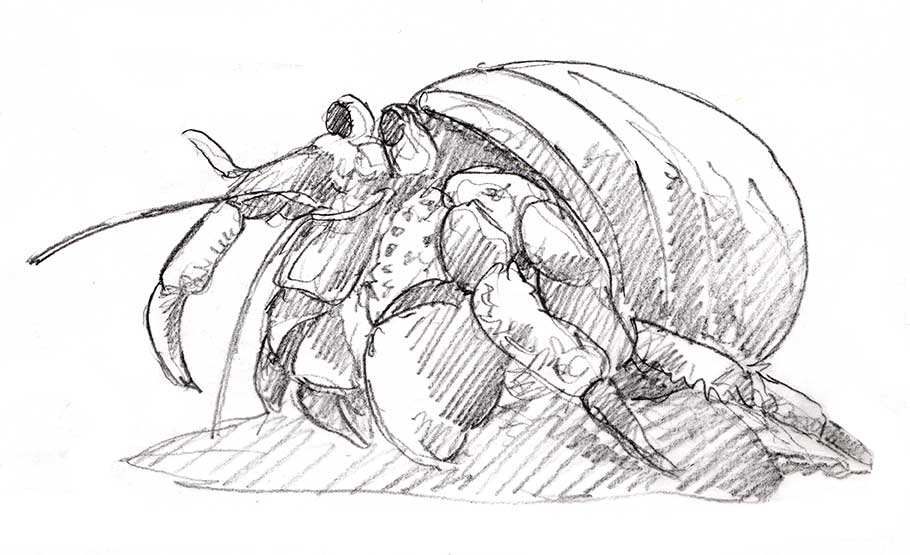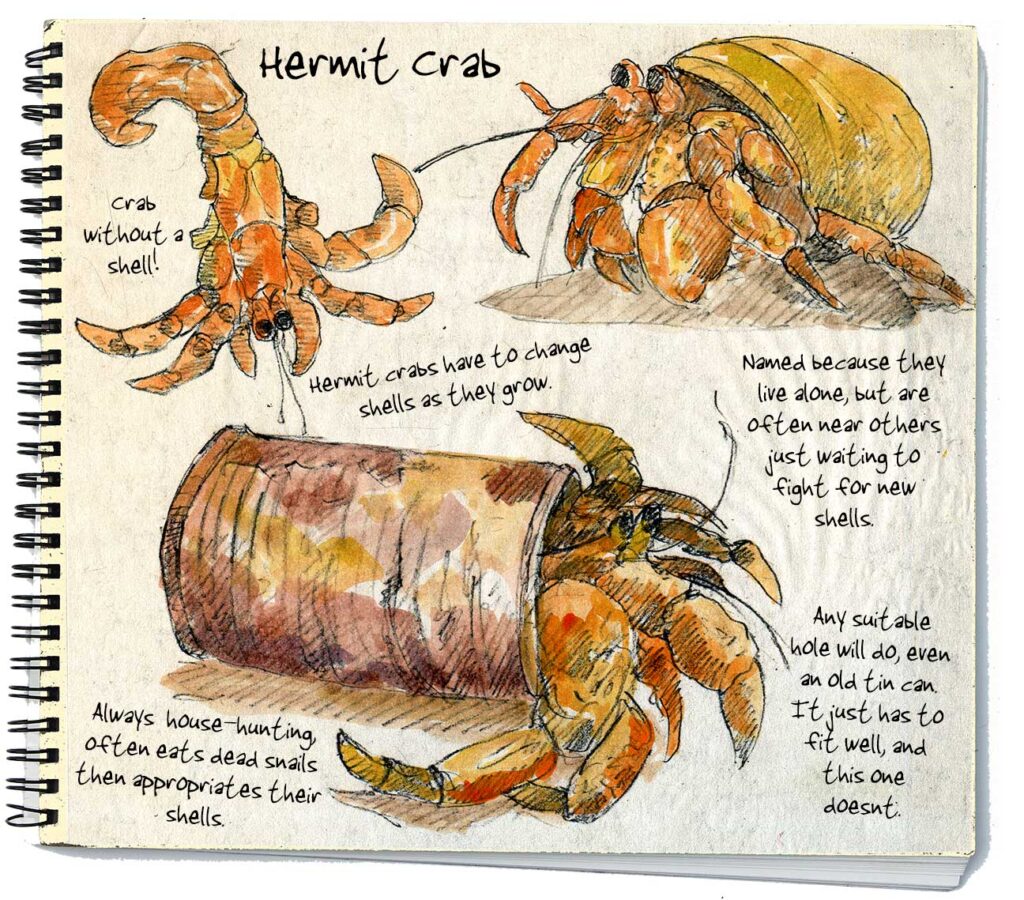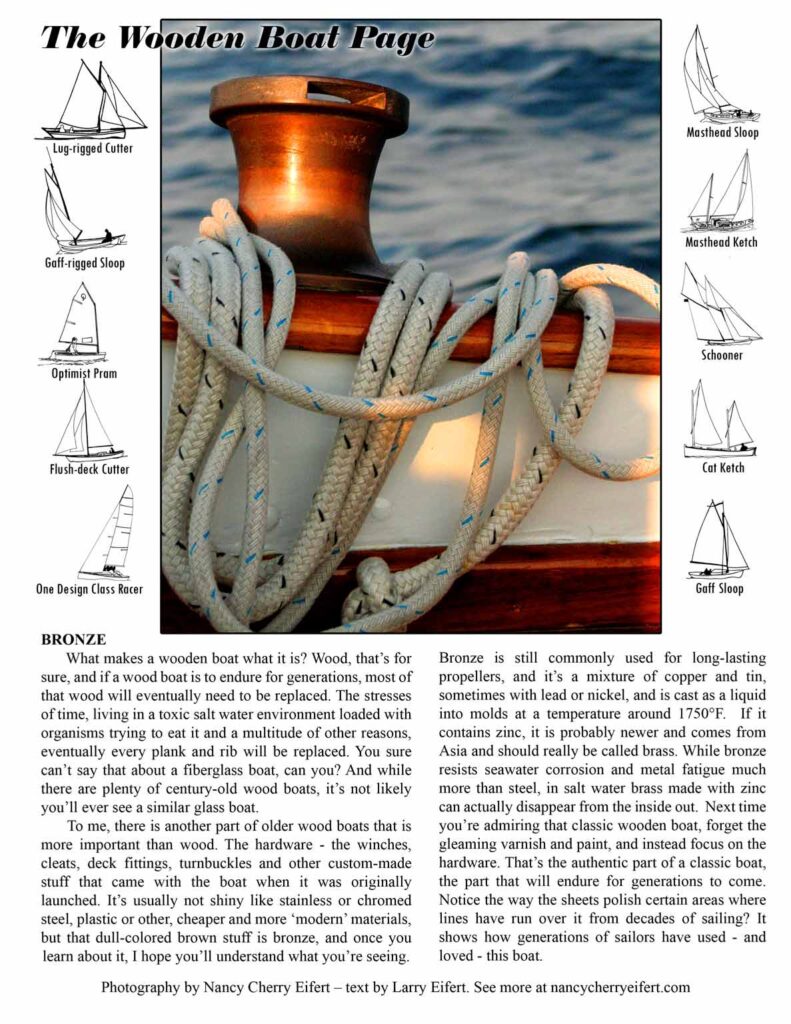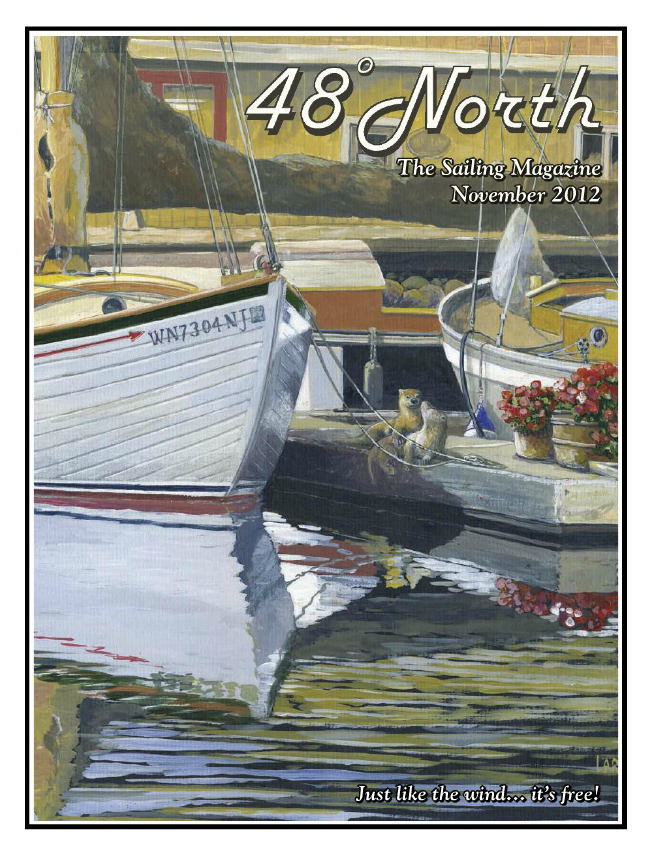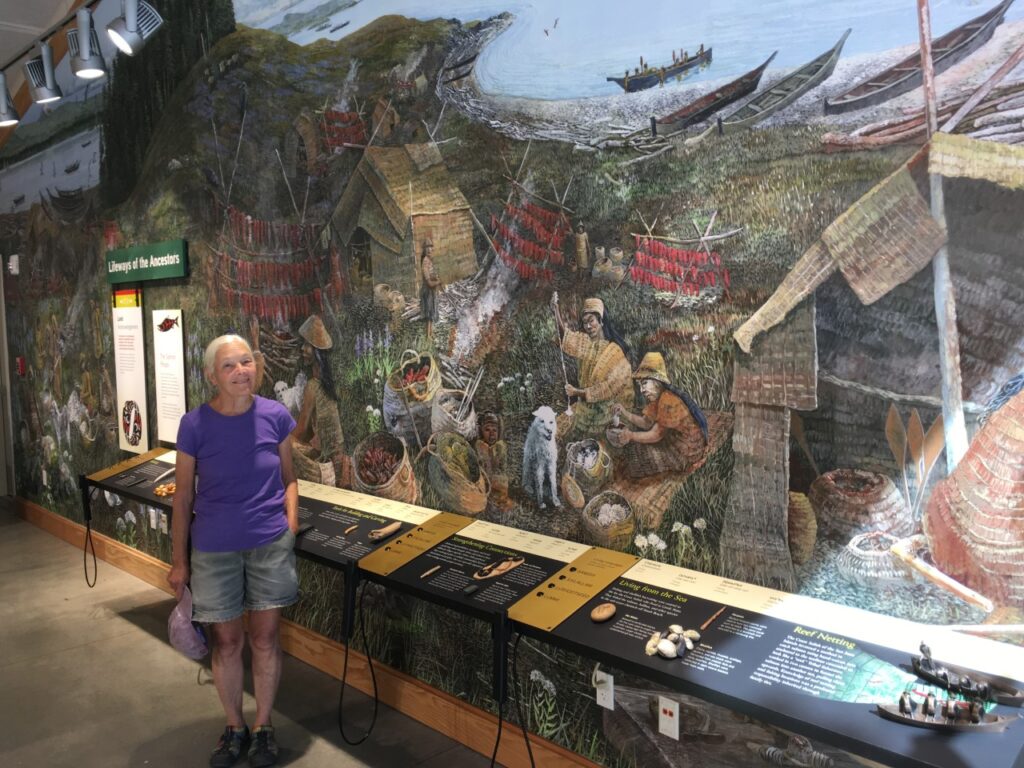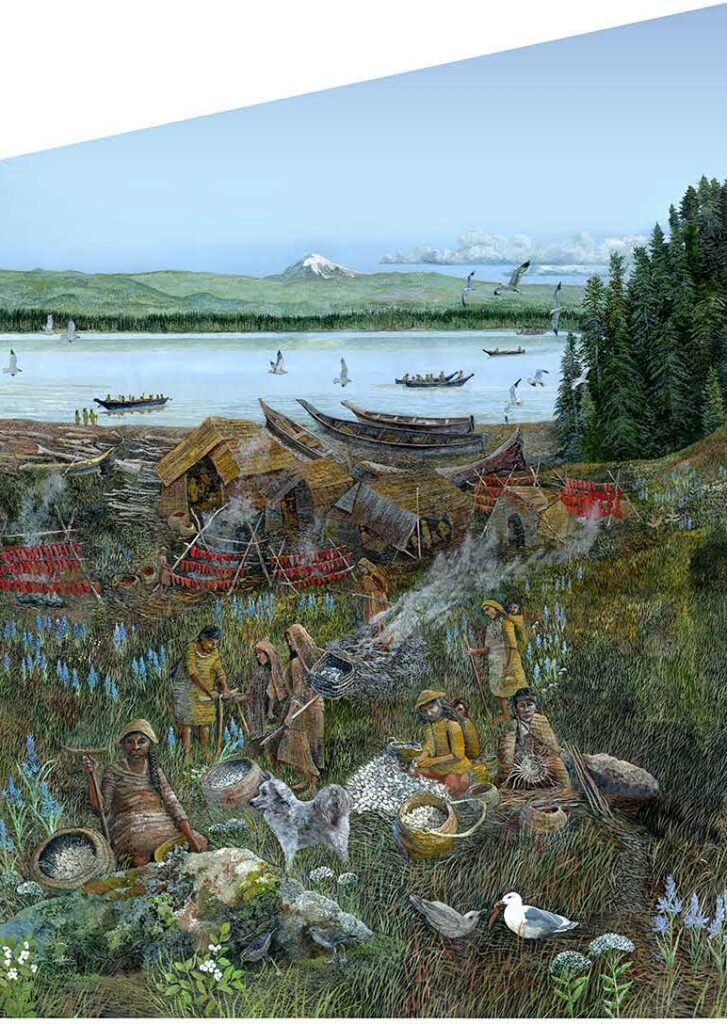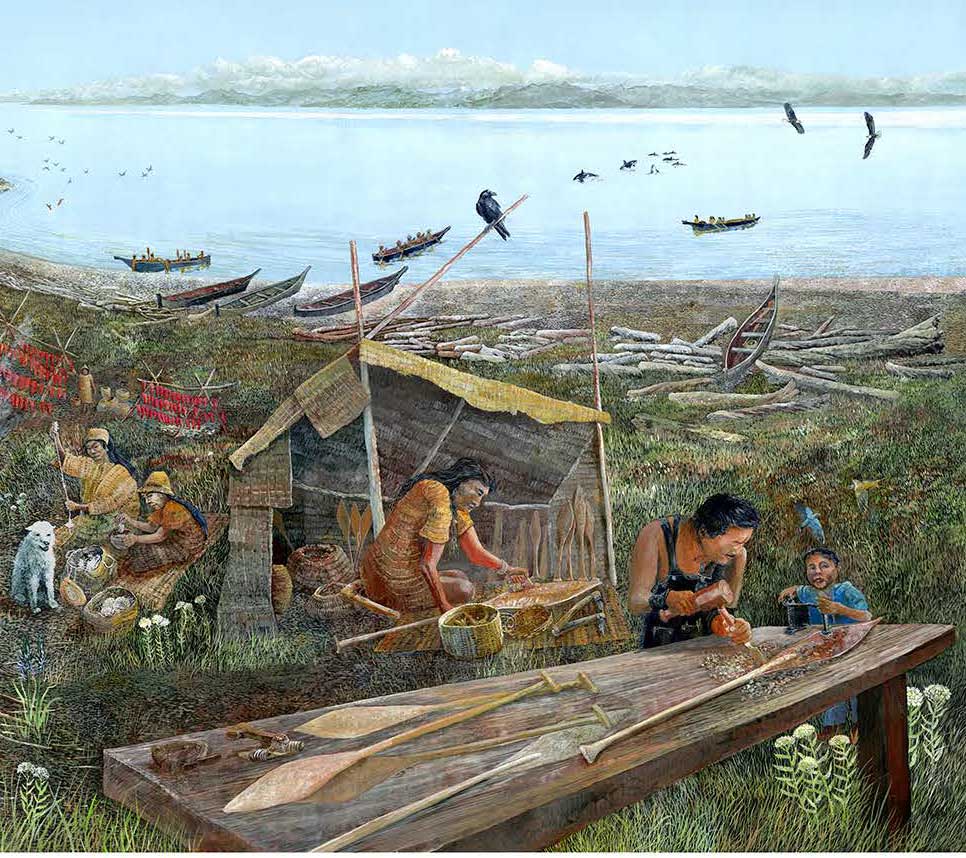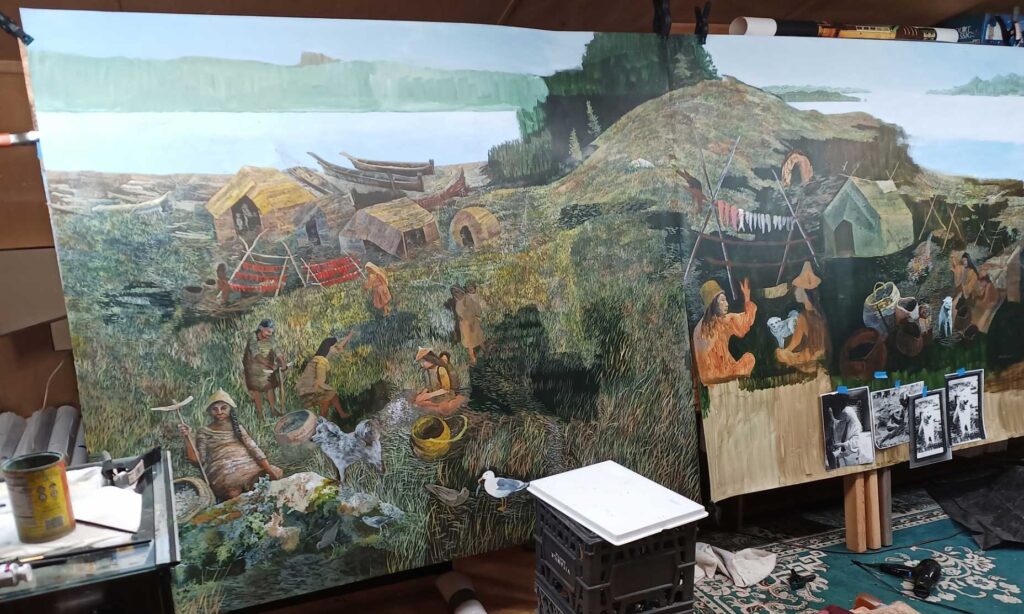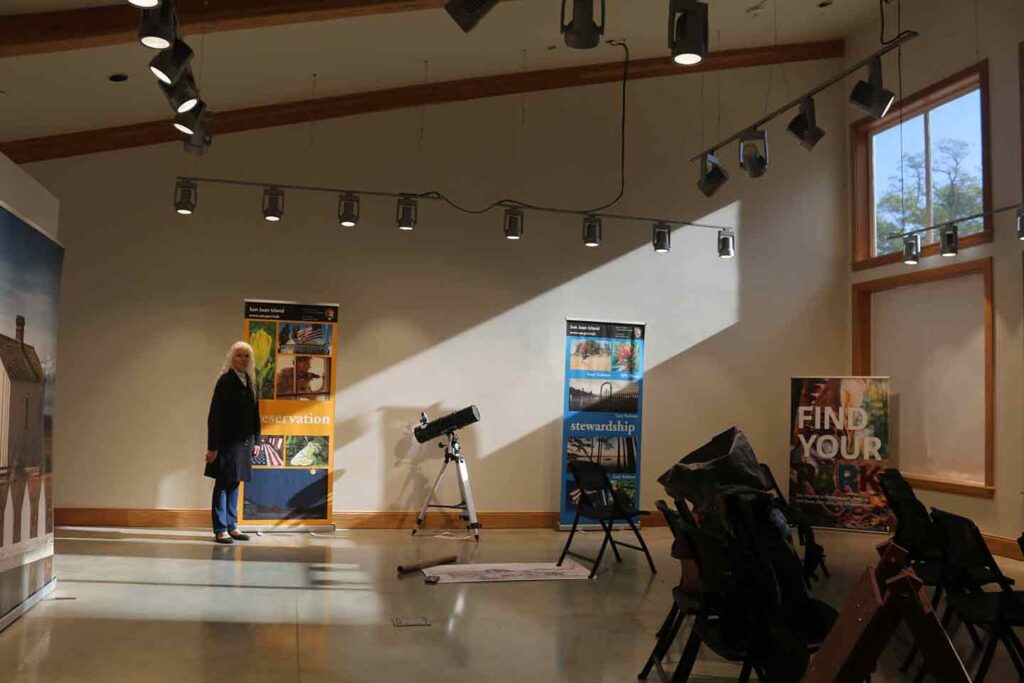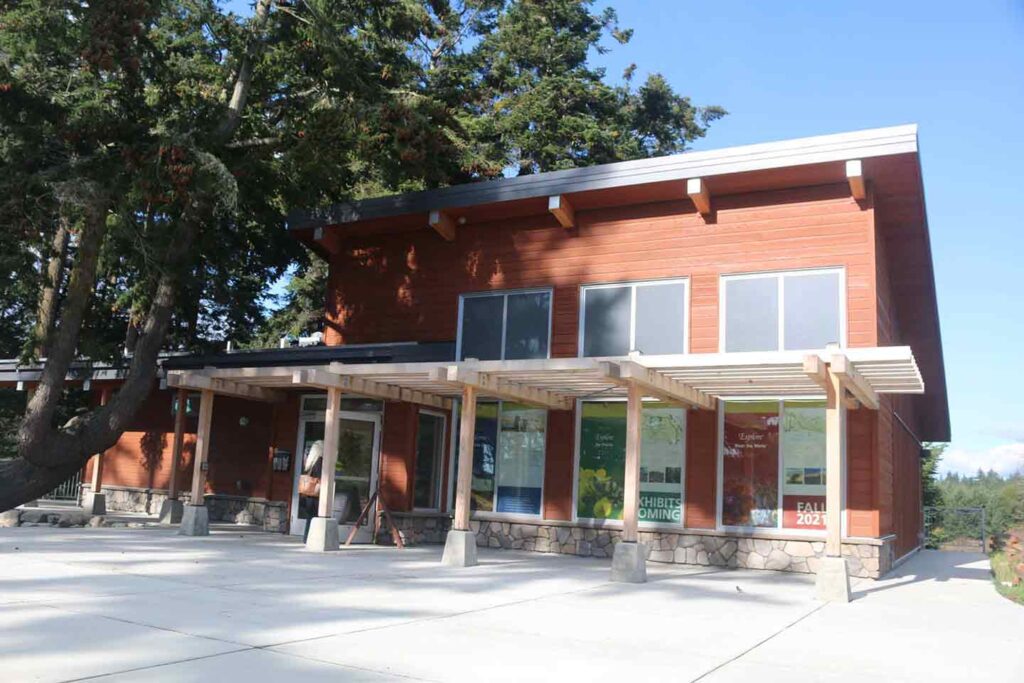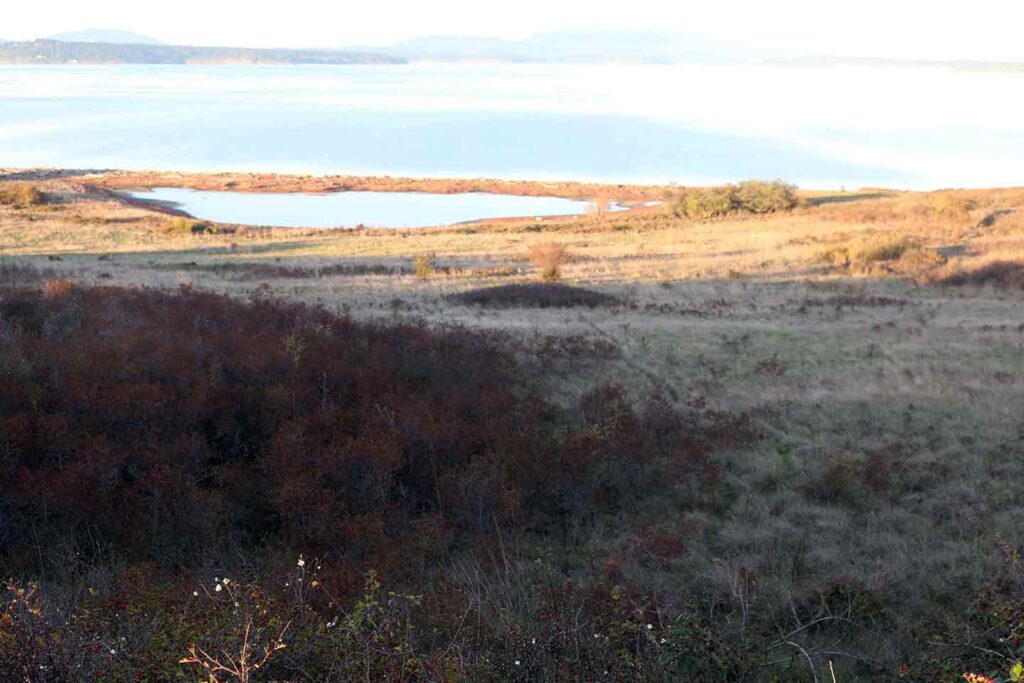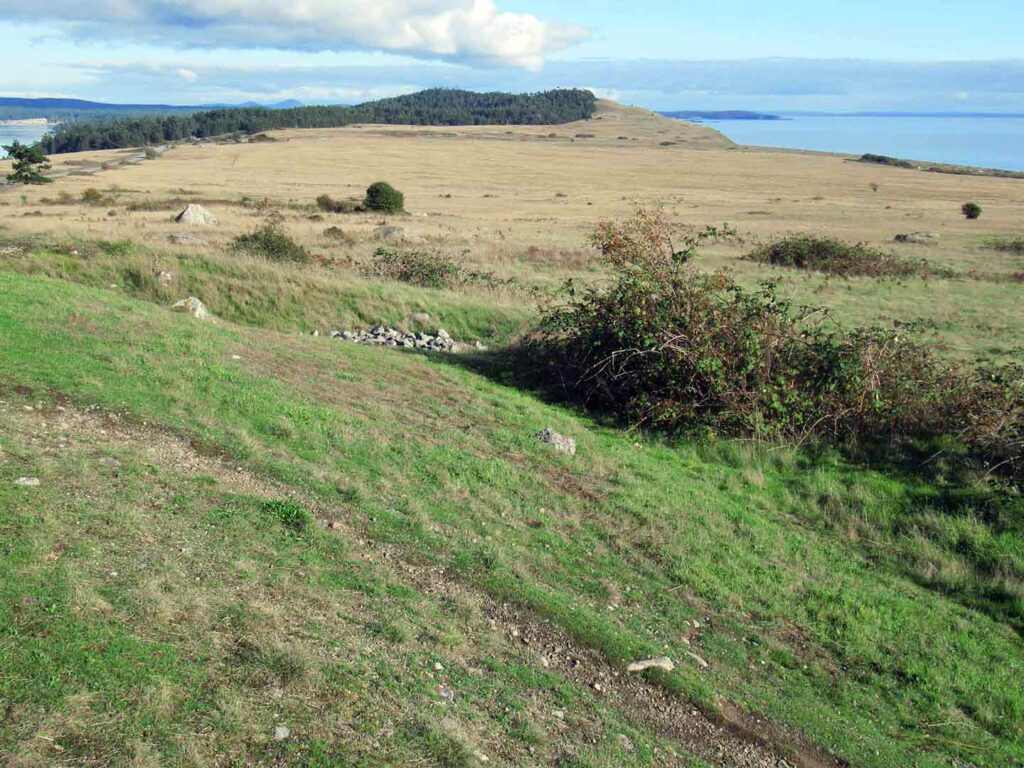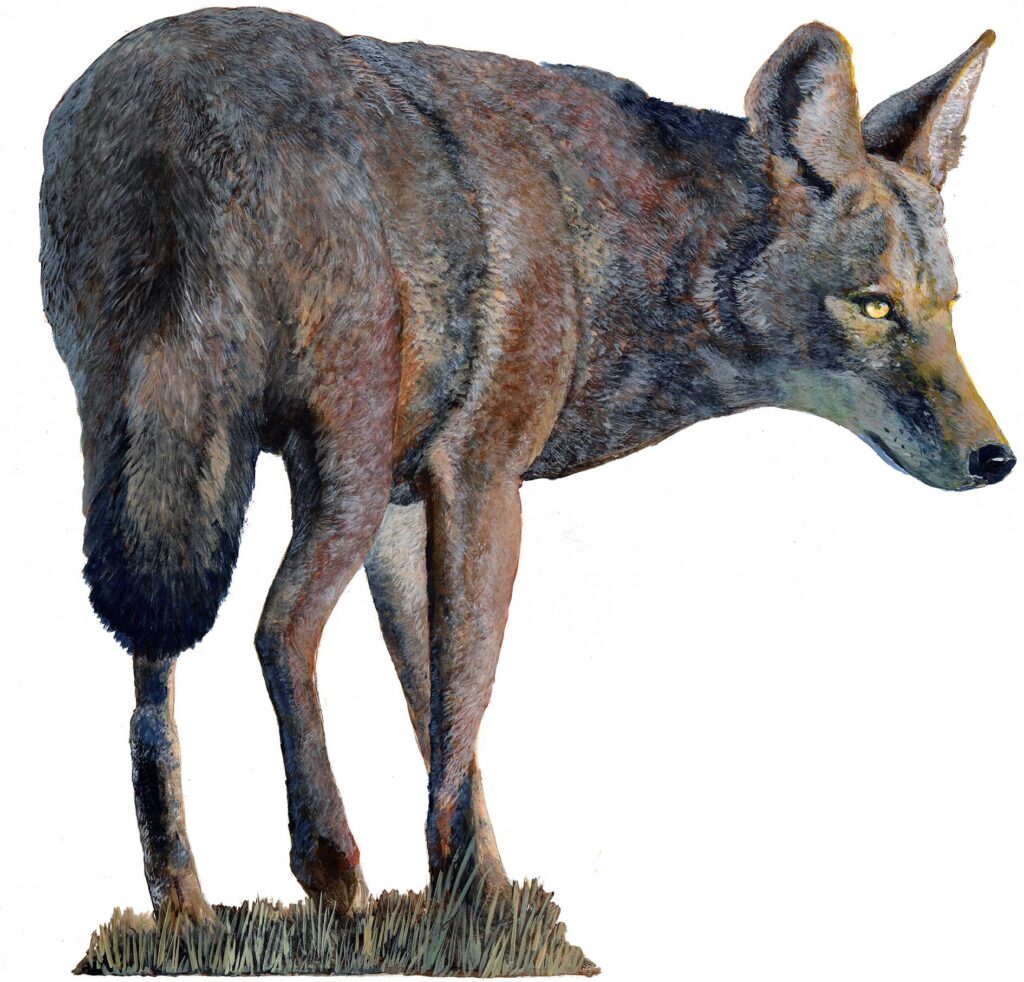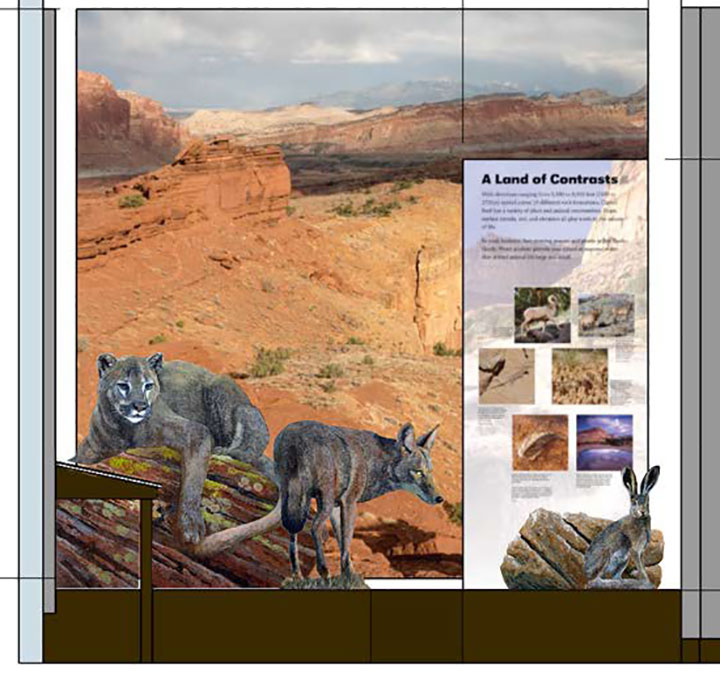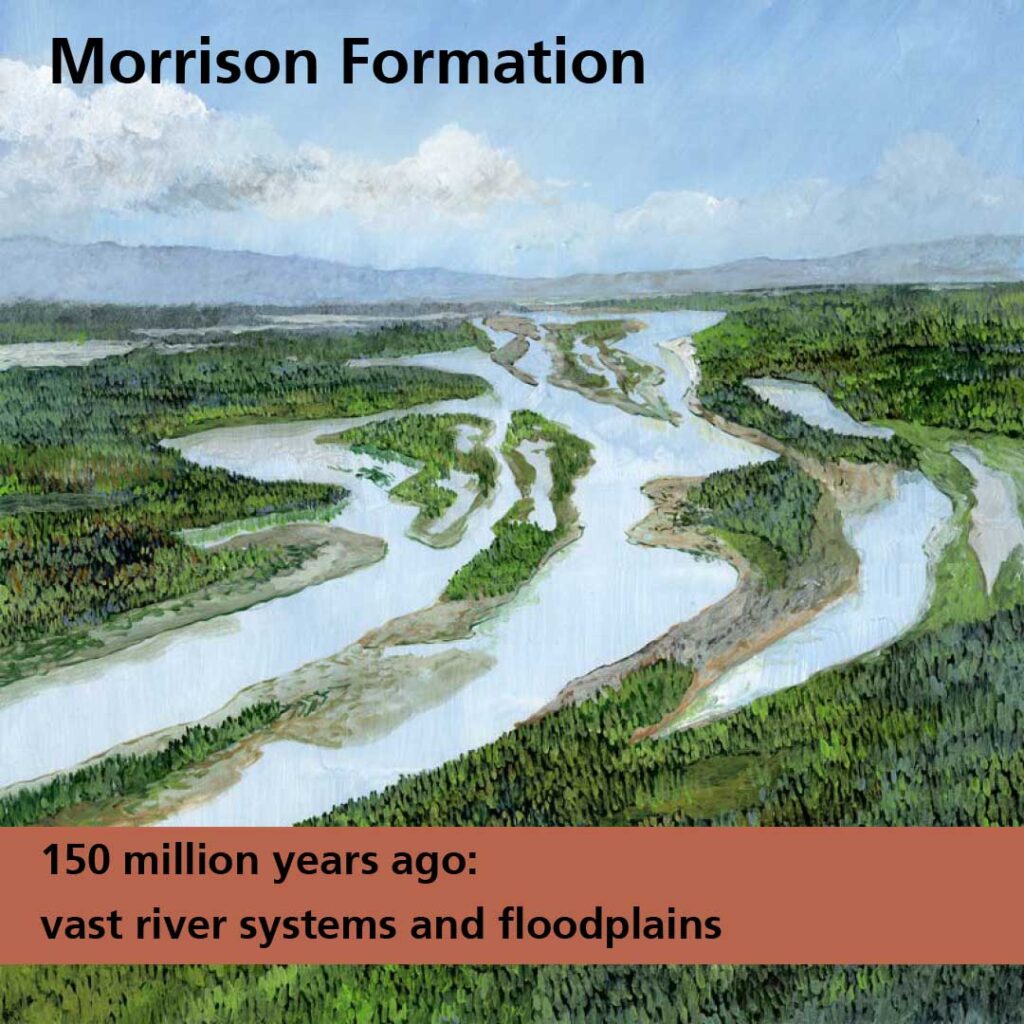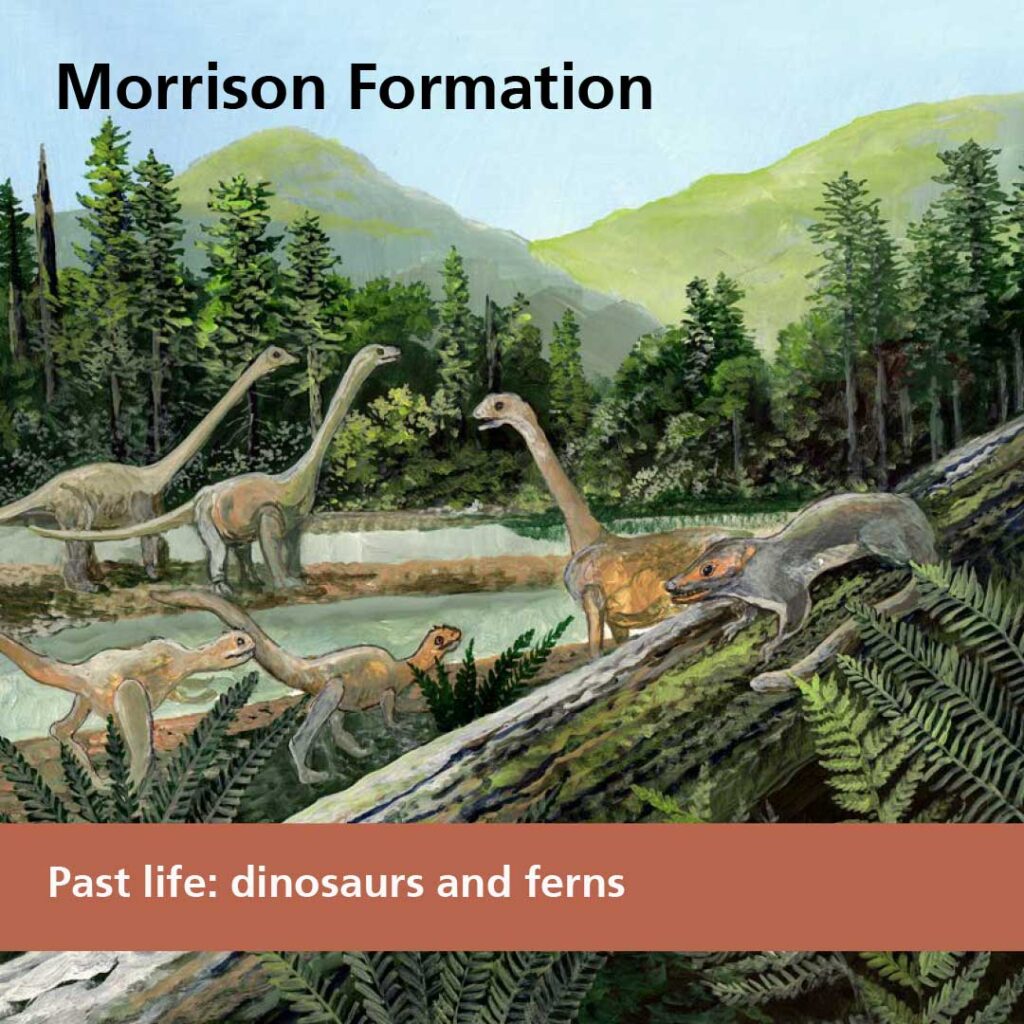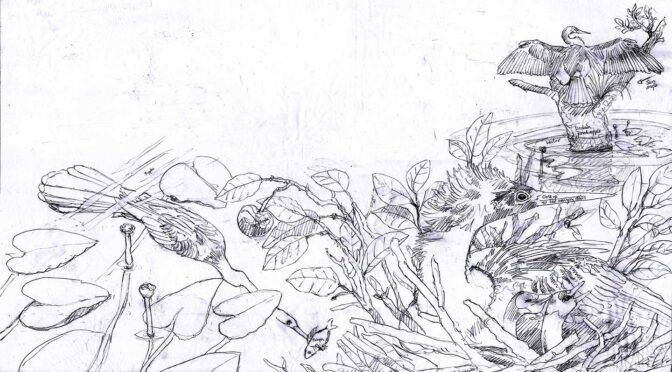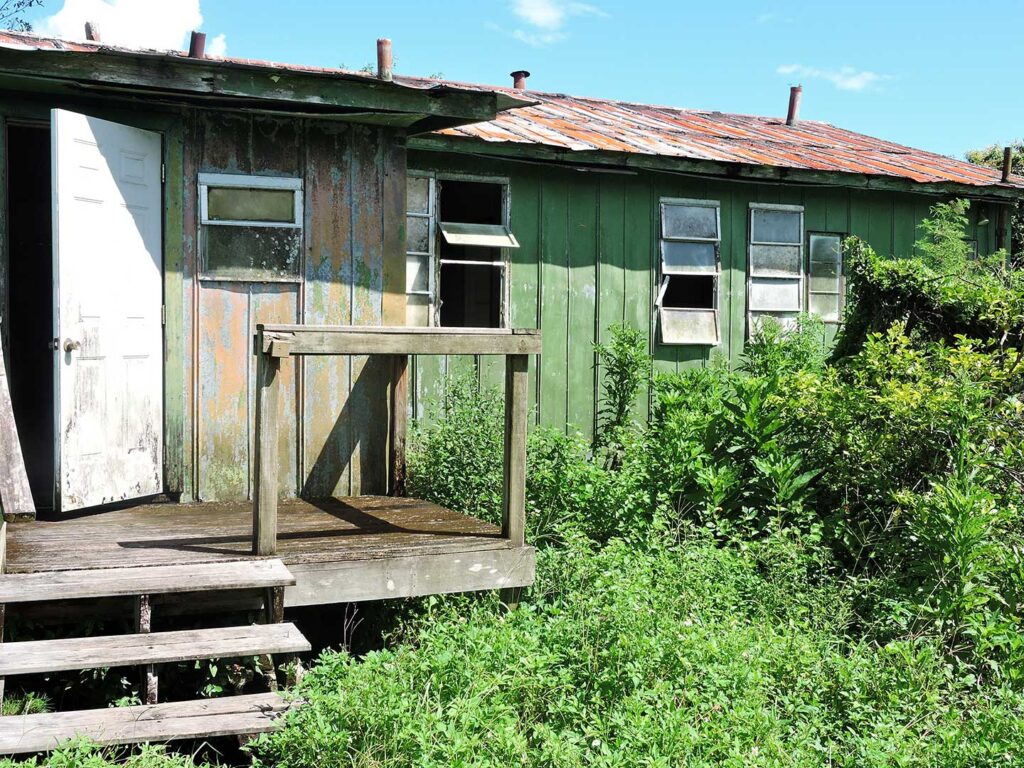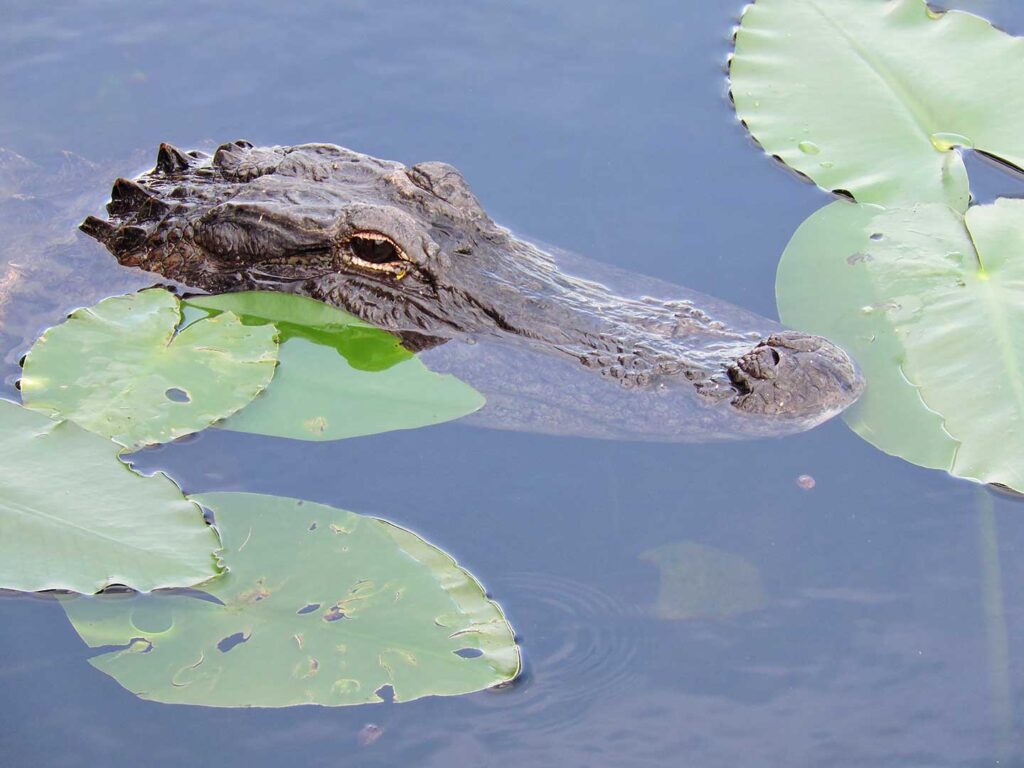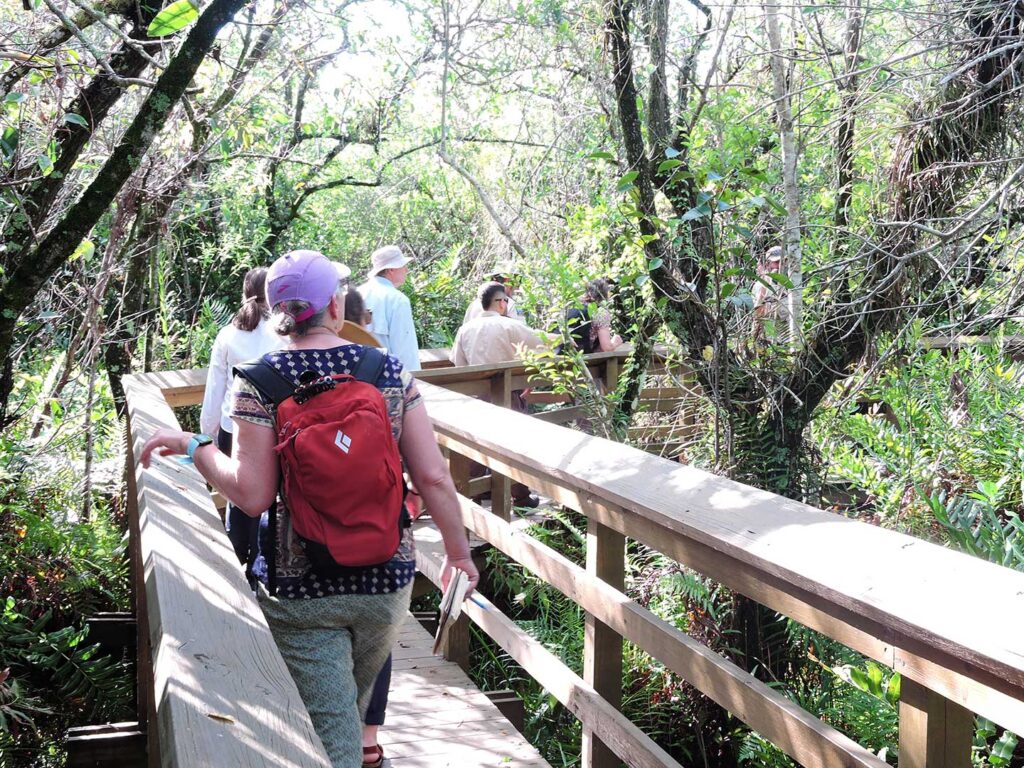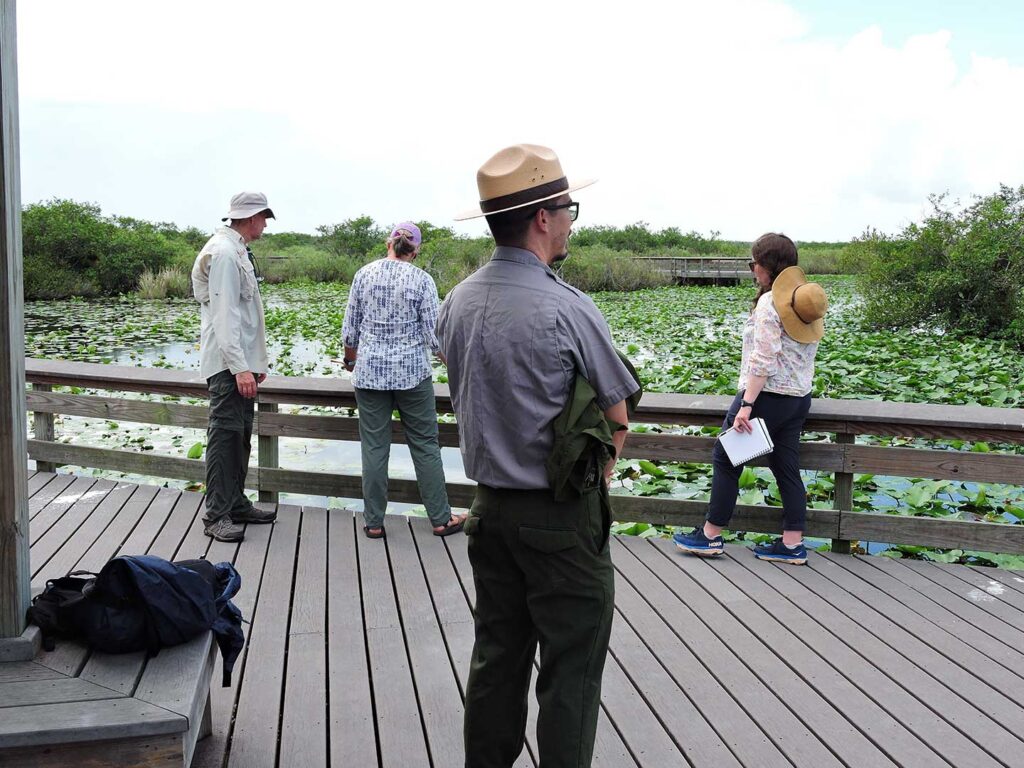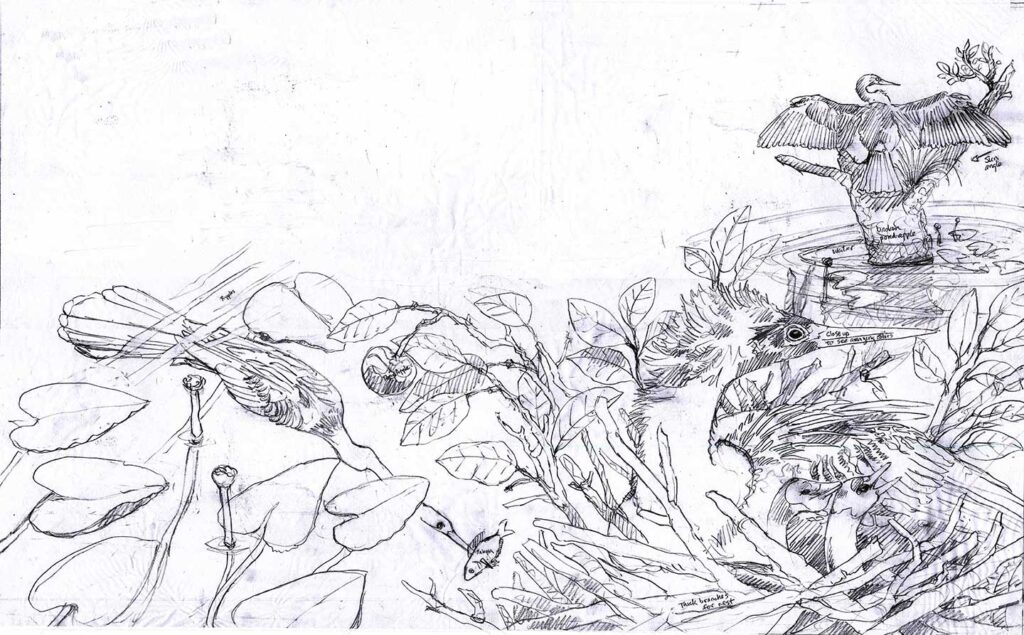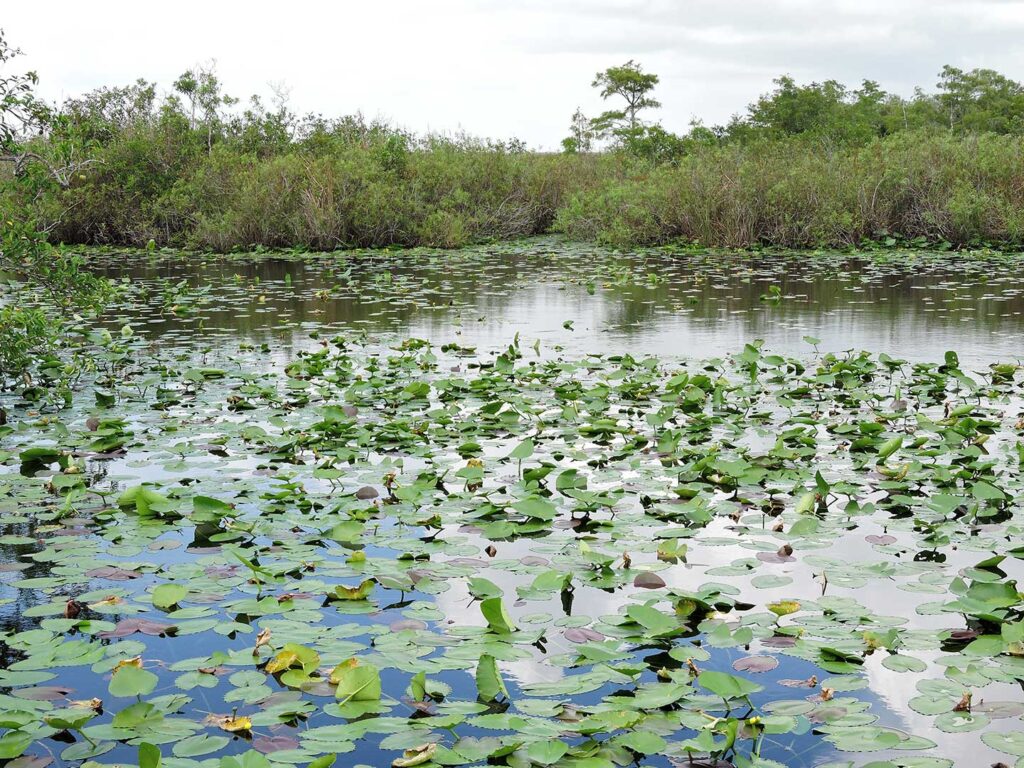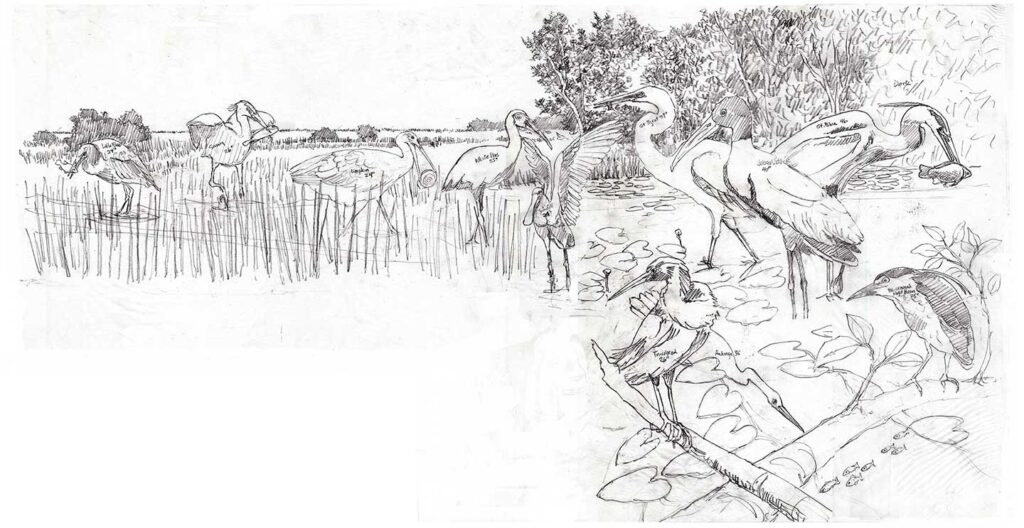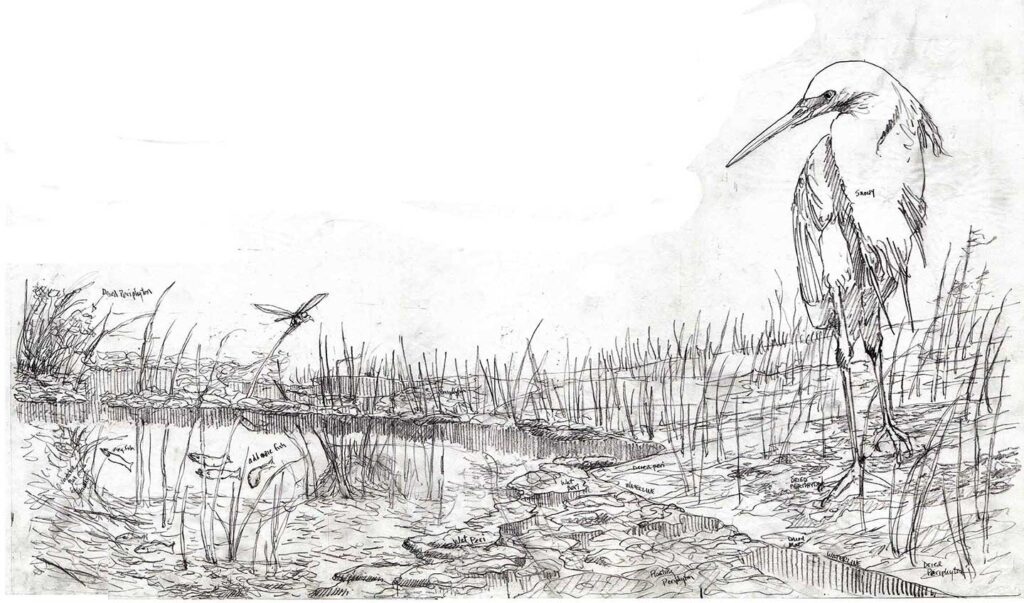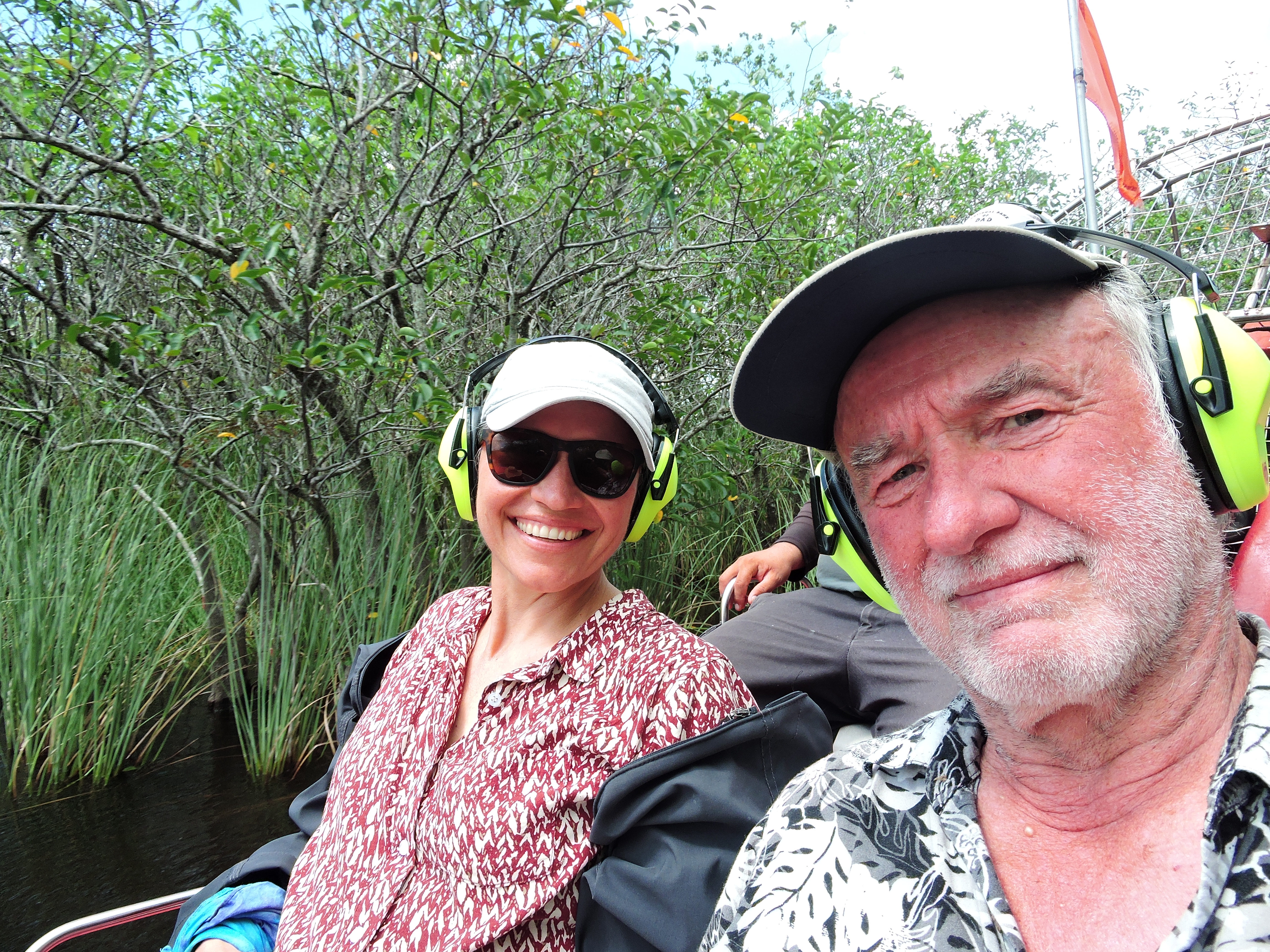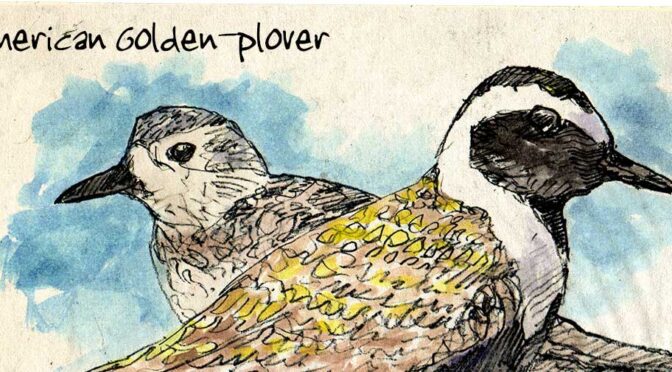I started this project June 29th, 2021. That’s 542 days start to finish. It took that long to complete 24 paintings for Everglades National Park, but the painting part only took a fraction of that! Meetings, waiting, more meetings. So, here’s the last one, 108″ x 48″ that will be installed along along the Anhinga Trail Boardwalk in the Royal Palms area. It’ll have text tastefully spread across it, two languages both English and Spanish. All these photos should enlarge in your browser.
- No, these paintings are not the only stuff I’ve painted in 542 days.
- Yes, I also painted dozens of other images for state parks, national parks, a bunch of salmon recovery groups.
- Yes, these will all be reproduced in aluminum with steel frames around them.
- Yes, it’s not only me doing this, as I’m part of a team from EDX in Seattle and they are doing many more wayside panels than just mine.
- One trip there was with EDX. A second trip was just Nancy and I this last spring to pick up more material I needed.
There is already another painting here, one that’s 30 years old, so my new painting will be replacing it. What’s the difference, besides age? Times change. Today, the alien snakes, pythons and Anacondas people have released into the Everglades have killed off many of the species that were in that old painting! Pretty much gone are the raccoons and otters, the ecosystem is changing. So, I’m just upgrading this to the current and future world.
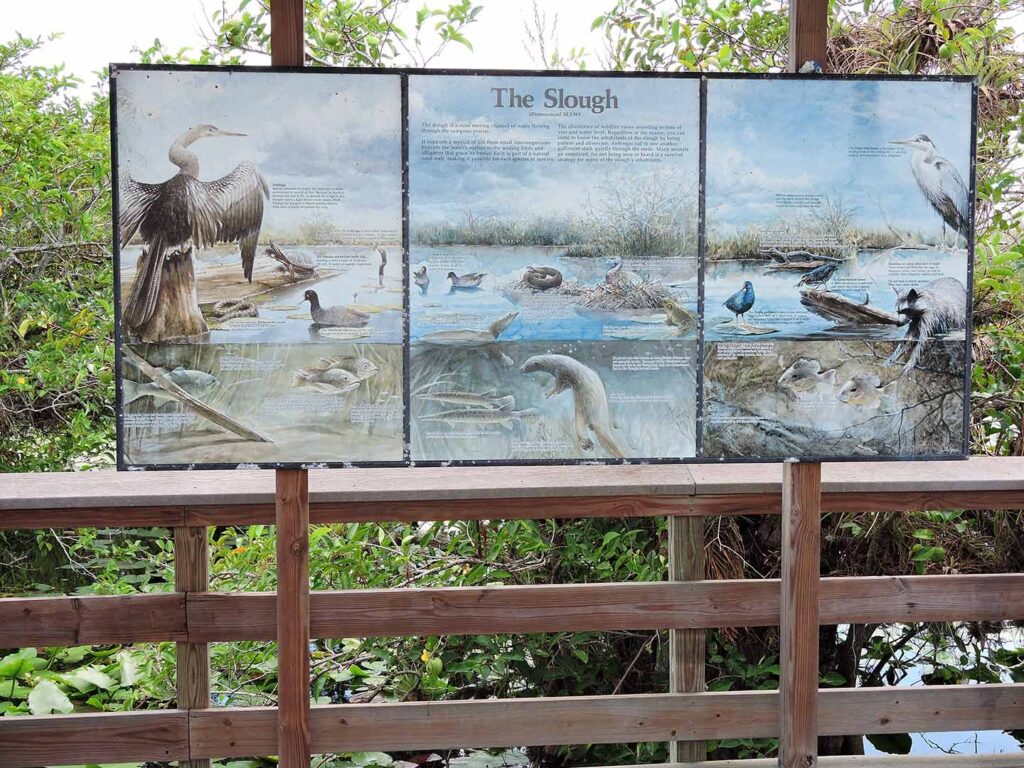
And here’s the scene from the boardwalk. I think I got it fairly well.
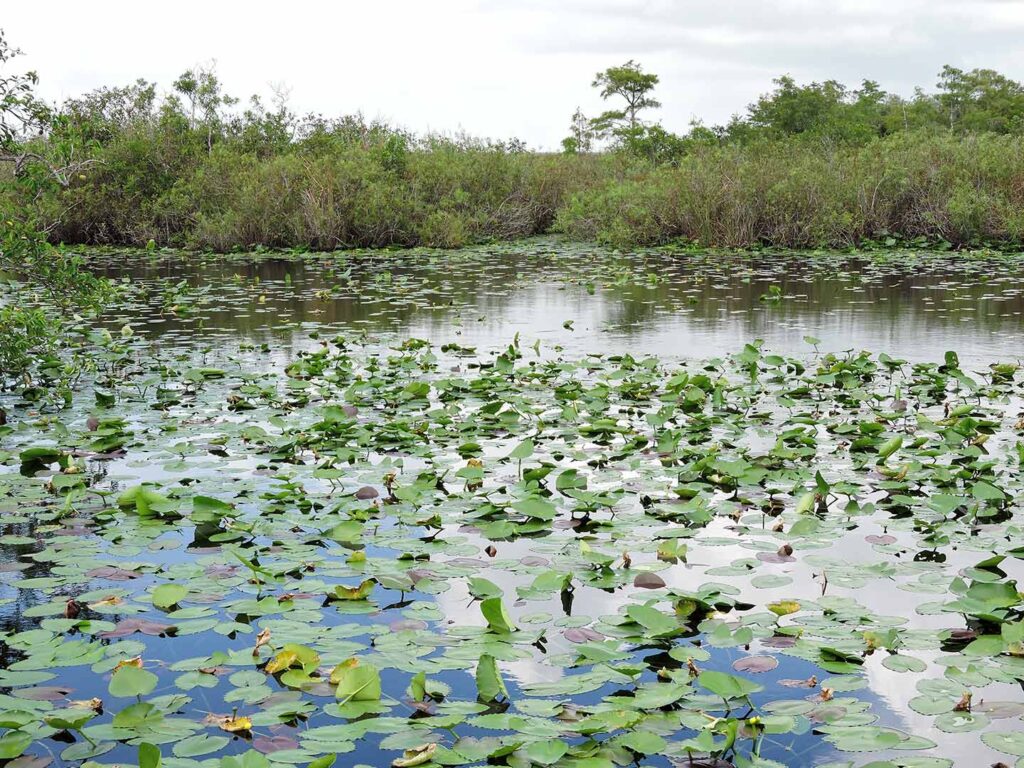
And sitting on the railing throughout my first recon photo session, this immature cormorant just sat there as he got his clothes straightened out. I could walk right up to him.

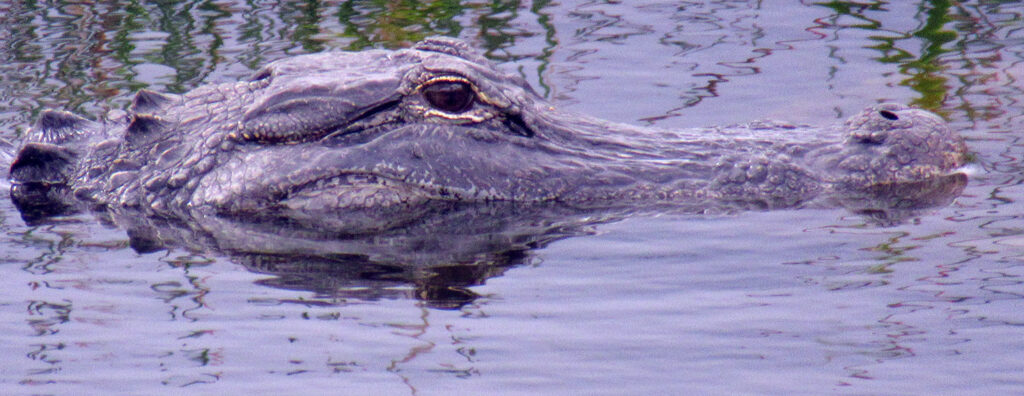
And of course, this guy was hanging out under the pilings. The Anhinga Trail is truly one of the best places in Everglades National Park to see wildlife, almost guaranteed.
Thanks for reading this week. You can sign up for emails for these posts on my website at larryeifert.com.
Larry Eifert
Here’s my Facebook fan page. I post lots of other stuff there.
Click here to go to our main website – with jigsaw puzzles, prints, interpretive portfolios and lots of other stuff.
Nancy’s web portfolio of stunning photography and paintings.
